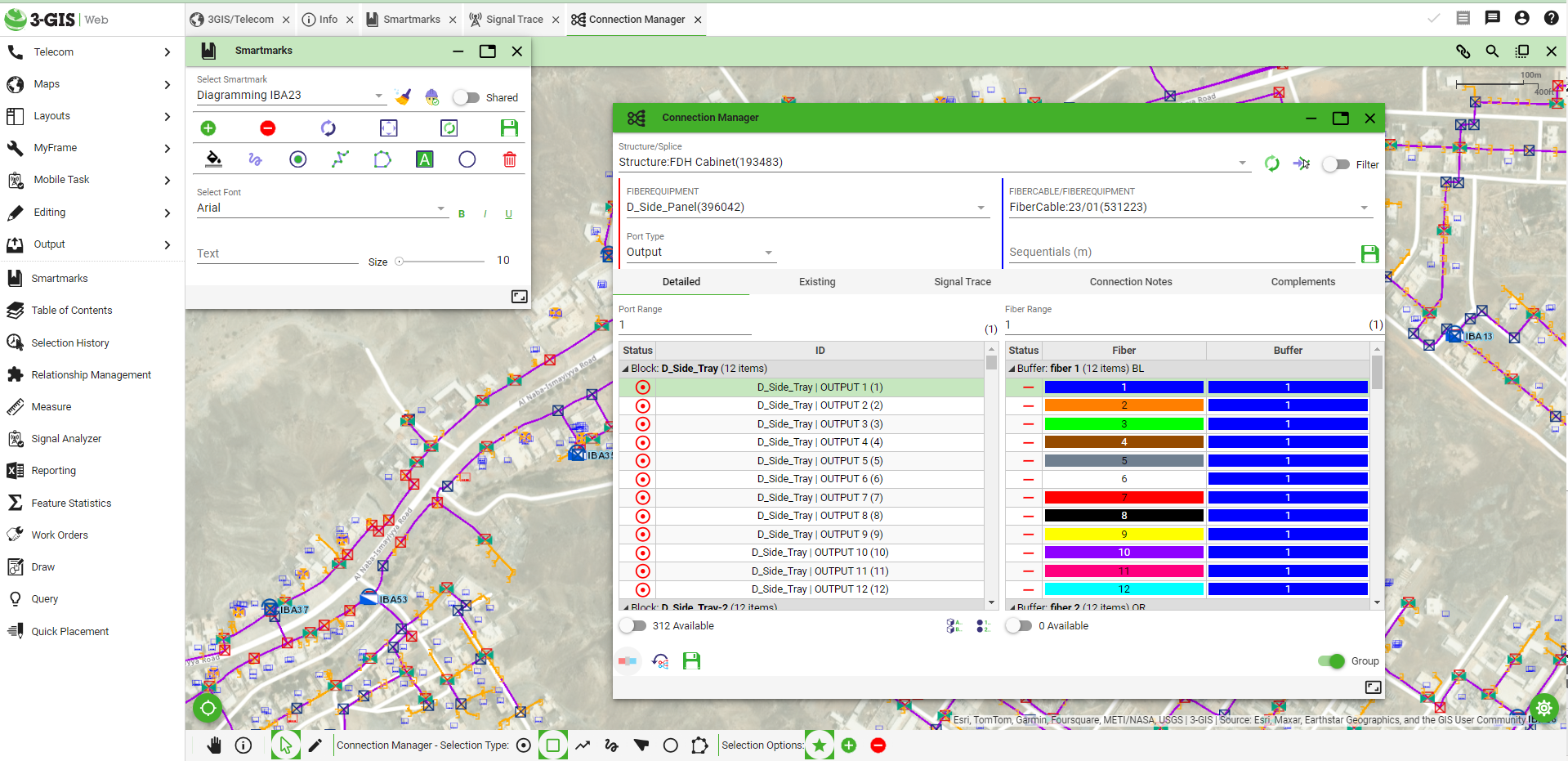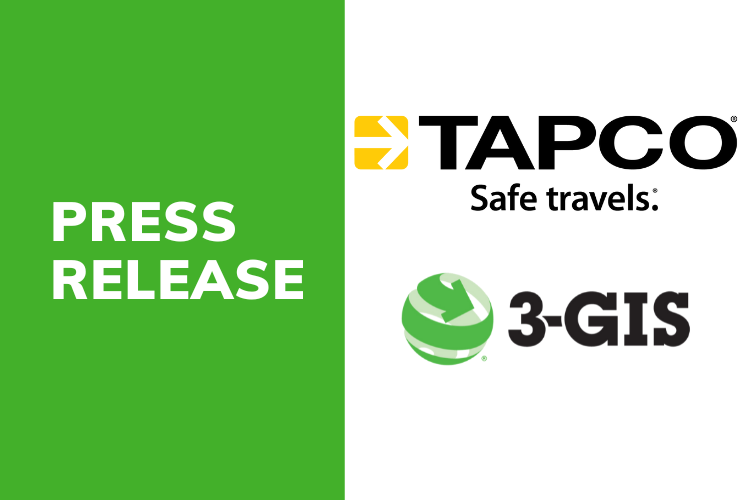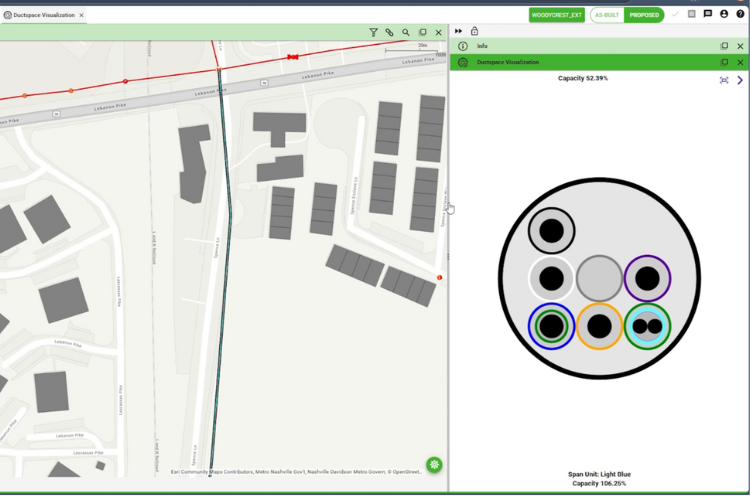Fiber network operators are facing unprecedented demands for speed, reliability, and scalability. As competition intensifies and customer expectations soar, relying on legacy network management systems can severely hinder operational efficiency, network performance, and growth potential. Embracing modern, cloud-based solutions offers operators a transformative edge, providing the agility and intelligence needed to manage and optimize fiber networks effectively.
A great example of this is the transformational story of Oman Broadband, who undertook a migration from the Ericsson Network Engineer (ENE) system to 3-GIS which not only addressed existing challenges but also laid a robust foundation for future growth in network management and service delivery. Here we look at the motivating factors for change and the impact it has made.
The need for change
Oman Broadband’s primary goal is to empower businesses and communities across Oman with high-speed internet, targeting 95% coverage of urban areas by 2030. Although they initially made significant progress with the Ericsson Network Engineer system, its limitations became apparent as the network expanded, and it could no longer support the demands of their growing infrastructure. Manual processes, long data loading times, and outdated workflows were creating bottlenecks. A solution was needed to streamline operations.
Why switch?
Oman Broadband identified the need for a GIS-based network management solution that could meet the company's current and future requirements. After evaluating multiple vendor proposals Oman Broadband selected 3-GIS for several key reasons:
1. Integration with Esri: As Oman Broadband had already been using Esri technology, 3-GIS offered a seamless transition, reducing migration costs and ensuring data continuity.
2. Telecom expertise: Unlike many GIS solution providers, 3-GIS had extensive experience working in the telecom sector. This industry-specific expertise was crucial for handling the complex requirements of Oman Broadband’s operations, from fiber management to last-mile connectivity.
3. Scalability: 3-GIS offered a web-based, scalable solution that was easy to deploy across the organization. This eliminated the need for costly hardware investments and simplified network management processes.
Making an impact
Oman Broadband faced several challenges with their old system, which the migration was able to resolve effectively:
- Data loading efficiency: Previously, loading large fiber-to-the-home (FTTH) projects took days. With 3-GIS, that time was reduced to just minutes, accelerating project timelines and enabling faster subscriber connections.
- Real-time data synchronization: Field teams now had access to real-time data, allowing for faster and more accurate decision-making. Whether updating customer information or managing assets, the integration between the mobile and web platforms ensured that data was always up to date.
- Automated workflows: The manual work order processes of the past were replaced with automated workflows, allowing Oman Broadband to connect over 400 customers per day, improving both the speed and quality of service delivery.
- Schematics and reporting: Previously, Oman Broadband relied heavily upon AutoCAD drawings. This slowed down network updates and created inefficiencies. Schematic generation is now automatic, and reporting times are significantly reduced.
Setting up for success
The decision to migrate was a forward-thinking move that has helped position Oman Broadband for long-term success. By adopting a modern, GIS-based network management solution, the company has not only resolved the challenges of its legacy system but has also unlocked new efficiencies that will help drive its ambitious goals for the future. This journey exemplifies how digital transformation, when done thoughtfully and with the right partners, can significantly enhance operational efficiency, customer satisfaction, and overall business success.
This post is based on the recent webinar A digital transformation journey: Harnessing 3-GIS for advanced telecom network management. To watch on-demand click here.




